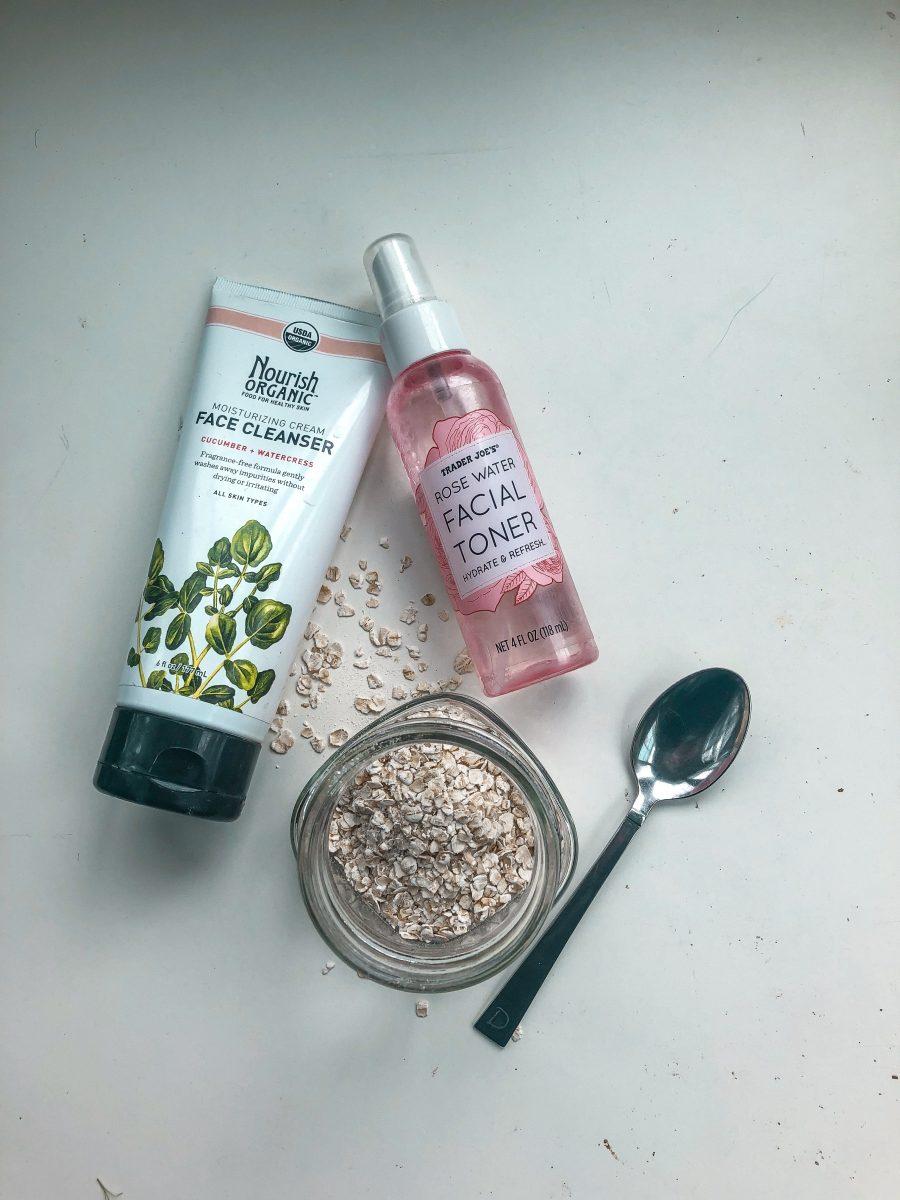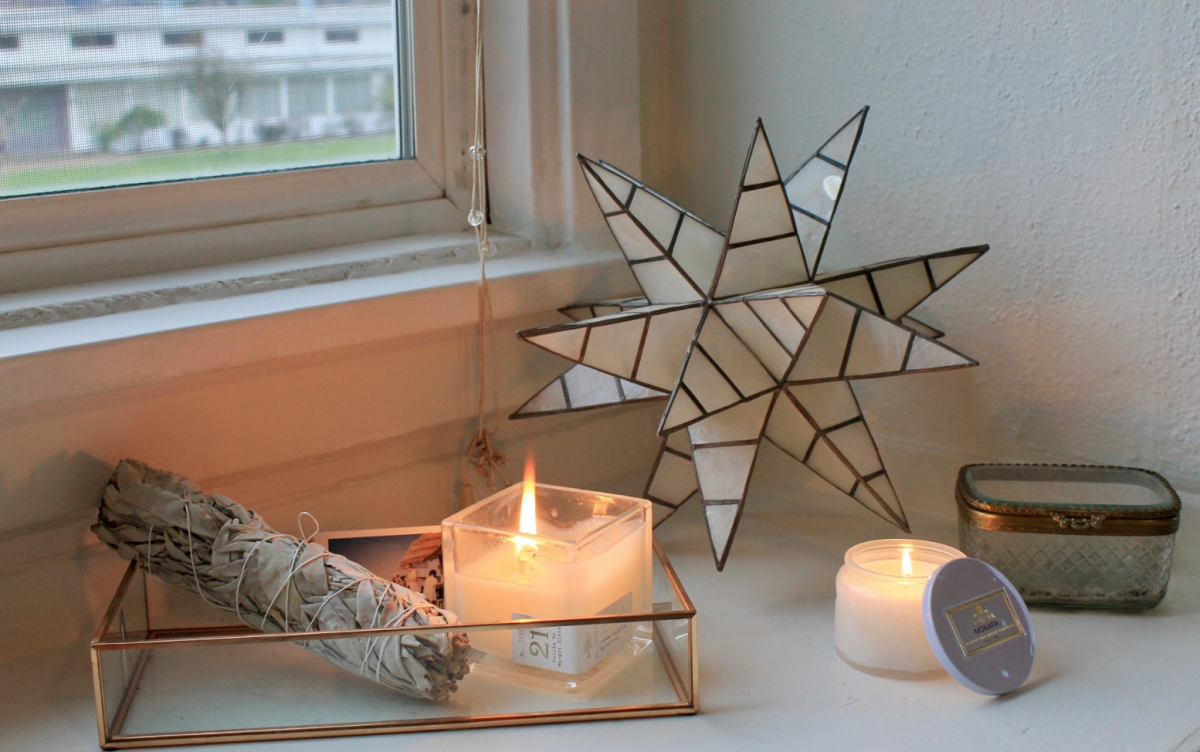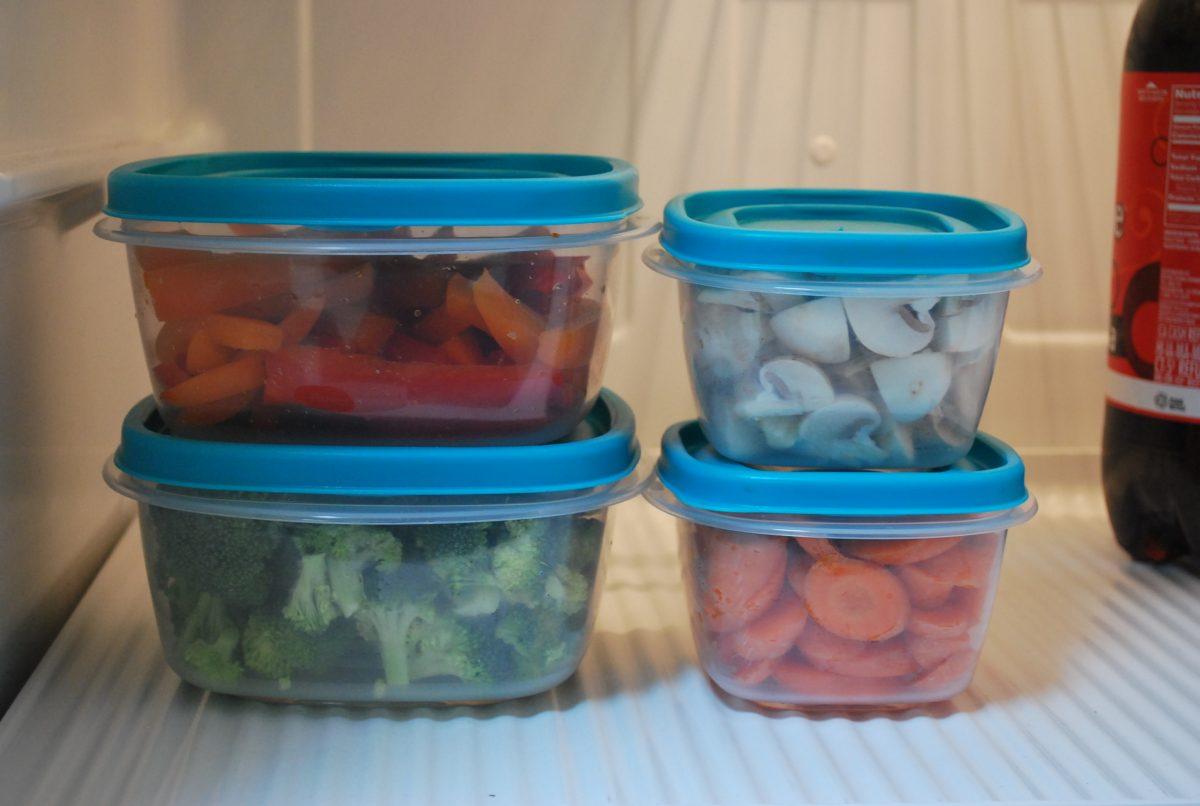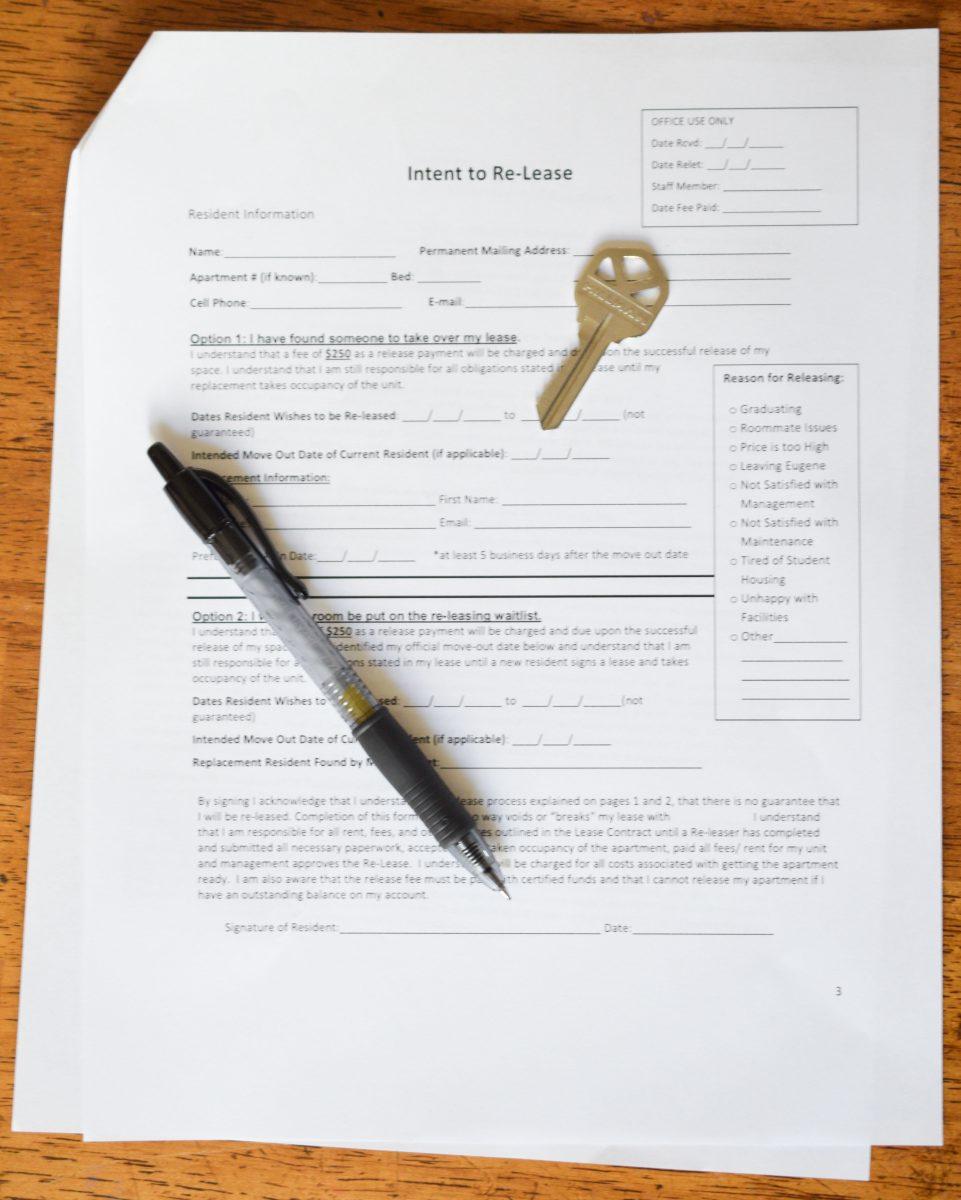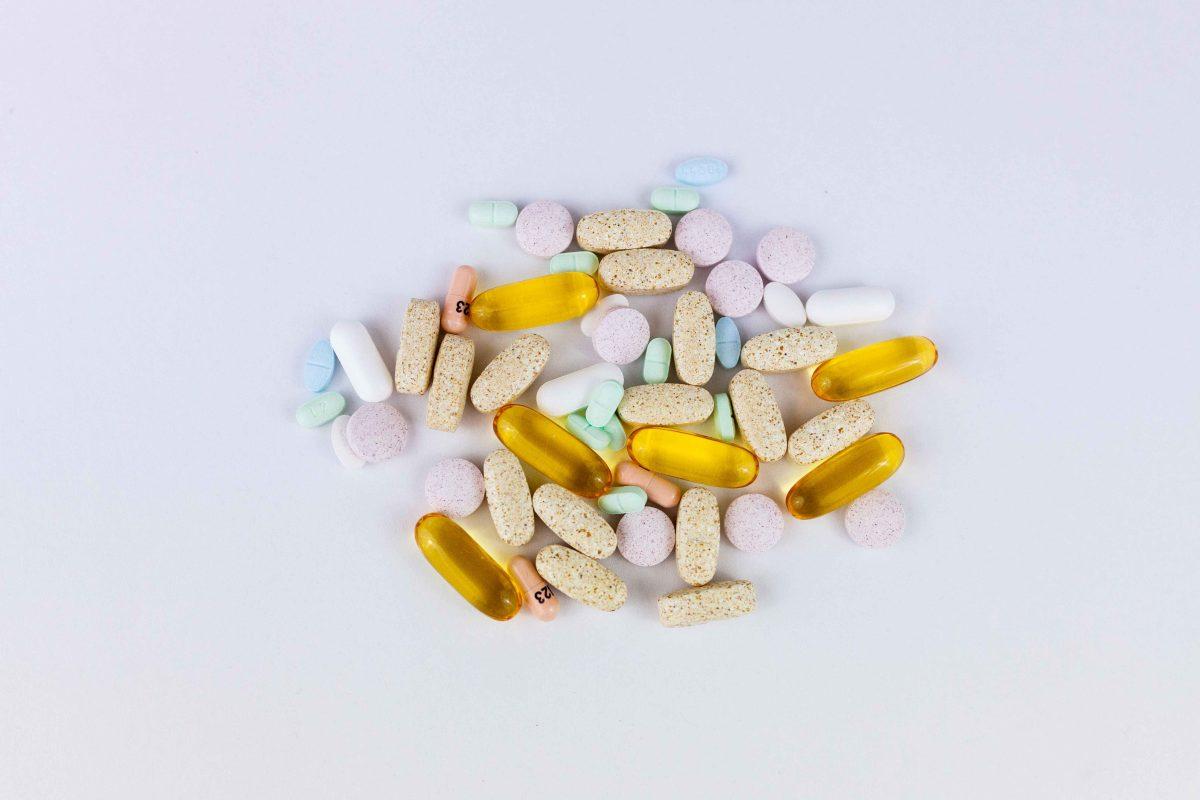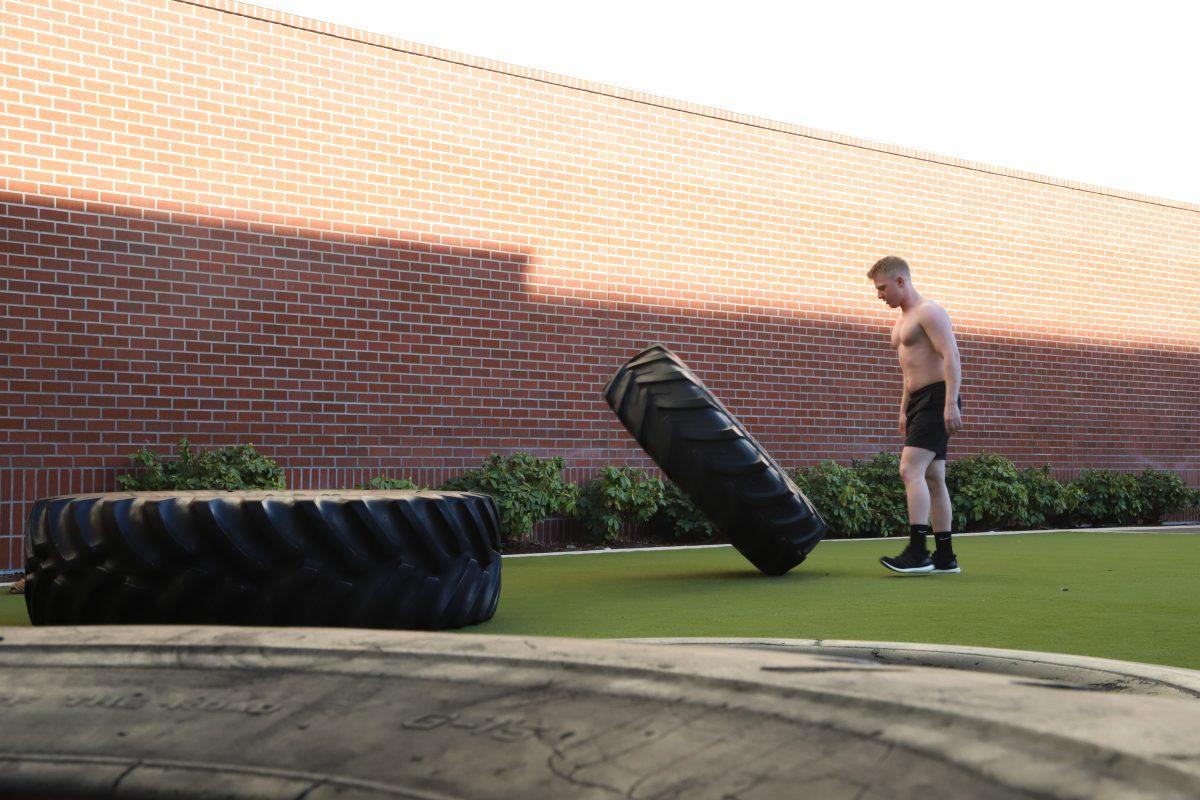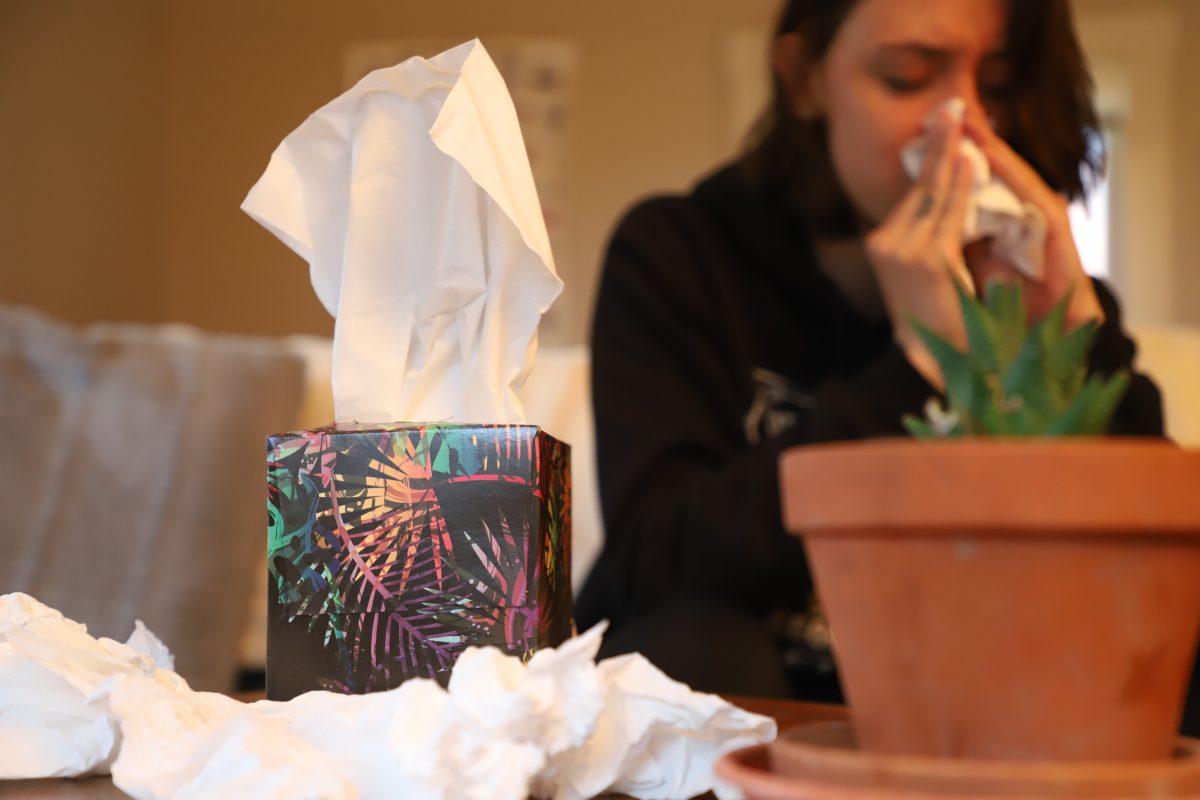Despite the breadth of the first Sexual Wellness Guide published by the Daily Emerald, many common issues and questions have come up still regarding how to have better (and safer) sex. While much of this article will pull concepts from the original, it has been updated to specifically address pain with sex.
“Sex shouldn’t be something you tolerate. It’s something that should be pleasurable to both, or all parties,” said Kim Marks, the owner and founder of As You Like It Pleasure Shop and Eugene Intimate Health Center.
As a principle for this guide, developed with Marks, there isn’t sexual wellness without pleasure — and if there’s pain (the kind not asked for, you kinksters), it’s unlikely that you’re receiving the pleasure that you deserve.
Marks said she is frequently visited by women and people with vulvas visiting her shop that have reported feeling pain with sex — often meaning pain or discomfort to the cervix and/or vagina during penetration — but admit that they thought it was normal so they haven’t said anything.
In fact, according to the American College of Obstetrics and Gynecology, 75 percent of women will experience pain during intercourse. While this study does not use language inclusive of gender identity, the information offered isn’t restricted to cisgendered women.
Though pain with sex is a pervasive issue, there are many options for addressing this.
Where is it happening? Assess if it is irritation along the walls of the vagina — you might need lube or it might be your body telling you it doesn’t agree with the material of the condom, finger cot, glove or toy.
A commonly experienced pain is the head of a penis or the tip of a toy going too far and colliding with the base or opening of the cervix — something that can often be fixed by repositioning. Repeated collision between a toy or penis and your cervix can be very traumatic, causing bruising and even lacerations.
“Finding a way to say ‘Let’s try a different position’ could be the difference between a bad night and a great night for somebody,” said Marks. “Most people, if you ask them, do not want to be responsible for delivering a bad sexual experience — they do not want to be a failure as a lover.”
Marks recommended that the receiving person try being on top — though this might require a little strength, it provides the ability to more directly control how deeply your partner penetrates.
If this is difficult or not possible, there are options for being on your back or the bottom of the position.
“There is sex position furniture, or just pillows, that you can put under your back that arch, holding your body in a different position that pulls your cervix farther away,” said Marks. “And now, there’s this amazing new product call the Ohnut that helps [as a physical buffer] as partners are trying to figure out each other’s bodies.”
Products like the Ohnut would be placed around the penetrating toy or penis and would make it so that the tip does not actually reach the cervix. The furniture or your pillows would allow you to support your back, bottom or self otherwise, if not used to arch the back while laying down.
It’s important to acknowledge that your body is constantly experiencing different cycles and changes. A position, product or toy that worked a week ago, or even yesterday, may not exactly work as well today or tomorrow.
Depending on where a person is in their menstrual cycle or how their hormones are functioning, the cervix might be hanging out higher or lower. Similarly, hormones and proximity to menstruation dictates how well we are able to lubricate ourselves making the right lube even more important to find.
If it didn’t feel like there was a lot to consider before, there certainly is now. There are so many options — water-based, oil-based, silicone-based or hybrid lubes — that providing Youtube sex educator Erika Lynae’s cheat sheet feels necessary to help you make the right choice.
While it remains true that your activities and partner will largely determine what type of lube to use, it should now be mentioned that many lubes contain ingredients that are not the best for our body on a cellular level — they can actually dry out the vagina by pulling moisture out of the mucosal cells, said Marks. Mucosal cells is another way of referencing the membrane-y surface of the vagina — it’s similarly found in our nose and under our eyelids.
When the mucosal cells of the vagina dry, it can cause micro-tearing and irritation — neither pleasurable nor safe, as the micro-tears make you more susceptible to sexually transmitted infections.
“Picking a lube that has the right osmolality and pH for us is a good start. Then there are still different textures and formulas [to choose from],” said Marks. Osmolality is the movement of water through your cells — in this situation specifically, it is referencing the biological interaction between your body and the lube.
Just as asking for help to find the right lube would be okay, it’s okay to preface sex with asking your partner(s) for patience. Make it sexy and slow your pleasure down to give yourself time to make adjustments and fully feel your body or your partner’s body or just outright ask them. If communication, patience and attention to pleasure don’t alleviate pain with sex, talking to a doctor is recommended.
Many issues might be addressed personally, however, some pains might be you or your partner’s body asking for help.
Pleasurable, safer sex is a lot of advocating for your health and safety, which doesn’t sound so fun in such clinical terms. But without being vocal, it’s hard to expect someone to know the ways around your body, especially when you are experiencing pain.
Talking about or addressing pain can be intimidating, however, it might just open the door to better health and better sex.





